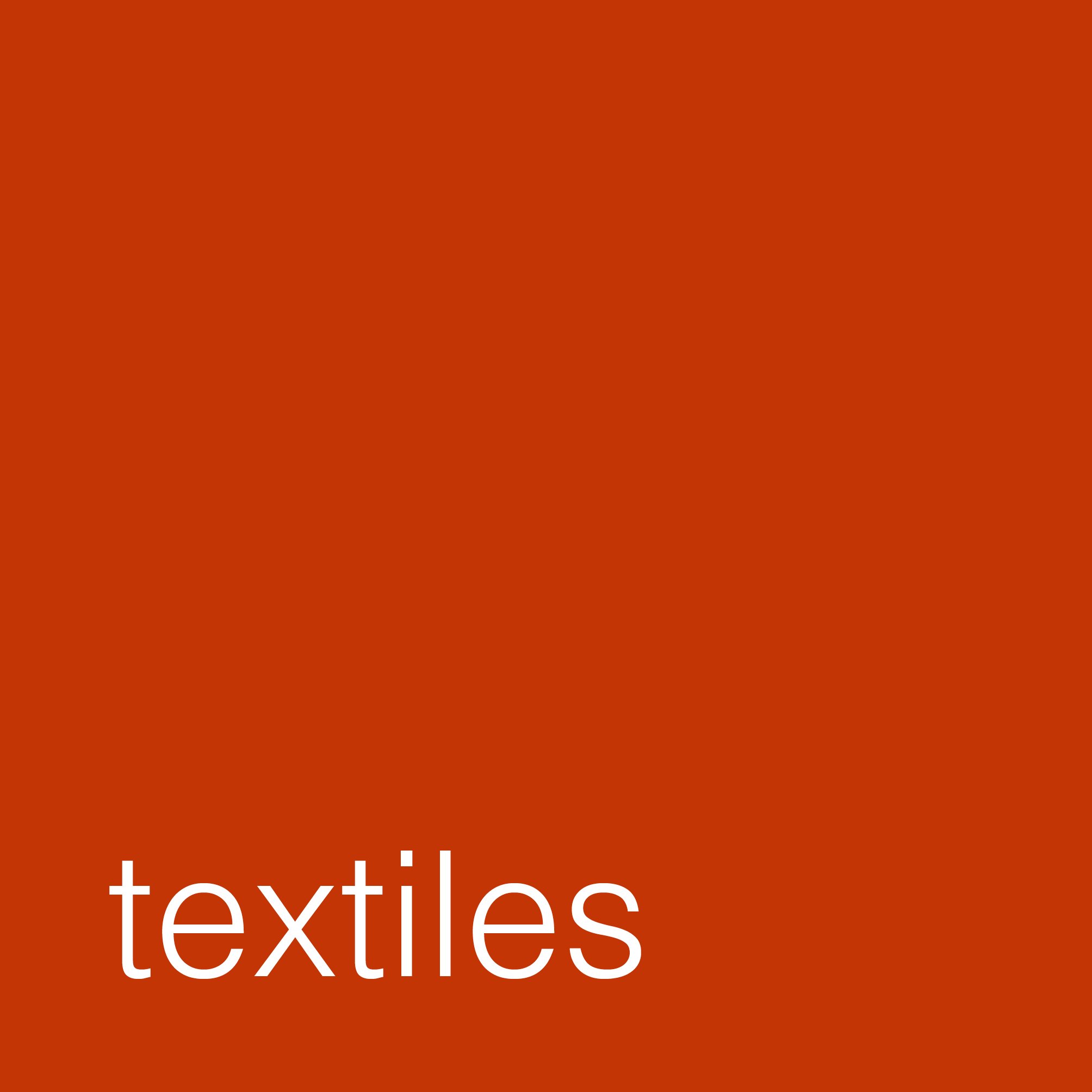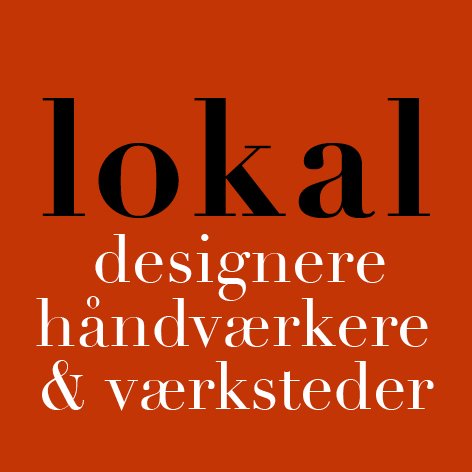Mindcraft16 ... ceramics
/Works by four ceramicists were selected to be included in the Mindcraft16 exhibition at Designmuseum Danmark.
They could hardly be more different showing four very different approaches to working with clay but all four makers are exploring what they can do with clay, testing boundaries and challenging preconceptions about ceramics.
None of the works are utilitarian pottery although Ole Jensen with his works called Primal Pottery Project does produce vessels that might conceivably be used to store something. The clay used is a deep red, like the clay used for a refined plant pot, and fired to produce a relatively thin matt body but he uses a thick glaze inside the vessels that has a high gloss in a very deep orange/red colour.
The forms are squat and rotund or simple cylinders but several of the pieces have rounded stubby legs and one seems to have large ears. So this is anthropomorphic pottery - not quite the cartoon-like figures you find in the Moche Pottery of Peru but there are echoes of the shapes found in domestic wares in Ecuador or Costa Rica.
Heavy Stack (Extrude) by Anne Dorthe Vester and Maria Bruun is two separate pieces with rings in stoneware stacked over substantial oak frames. This work is about construction and about forming strong, almost monumental, sculptural works.
The larger piece has six rings and the lower work just a single ring but in both there is a centre upright - a beautiful slab of oak - with strong, sharply-cut oak bars or cross pieces as spacers or supports and also to form short legs on the larger piece. These oak frames seem to take their inspiration from Japanese architecture. It was difficult to see the pieces up close in the exhibition but I suspect that the frames are not pegged or glued but are held together with sharply-cut carpenters joints.
The rings are extruded and unglazed with a slight grit texture. Perhaps a simple but important element is the contrast between the oak - a natural and warm material, that has been given a sharp engineering precision - and the fired clay - ostensibly hard and mechanical because the very process of extrusion is to produce something consistent - that has rounded, almost soft shapes that could be car tyre inner tubes. The size of these rings and there consistent and almost perfect forms is technically impressive.
Winter Series by Marianne Krumbach is a group of works that are also in stoneware but her pieces are glazed in dark, rich and deep colours. The delicate forms, inspired by plants and vegetation, seem to be close, in some ways, to porcelain figurines although about as far as you could imagine getting from pretty Meissen shepherdesses. Winter Series is certainly darker and more ominous like marsh or dark woodland plants.
Tension by Christina Schou Christensen is fascinating because here is presented a series of trials and experiments that most ceramicists have to undertake if they try a new glaze or a new clay base.
So there are different consistencies and thicknesses of glaze poured over or dripping from various shapes in clay that are more container than being the point of focus … normally a vessel or a sculpture in clay is the important base of the work that is then coloured or coated with glaze.
Of course the glaze is important in any ceramic piece but with Tension it is the thick, vanilla custard like glaze that is important and the clay shapes simple and in some cases quite crudely formed. What seems to be most important in the experiments with the glaze is it's consistency so it is pulled up into peaks or formed into globules. All these references to food seem appropriate … you could imagine a baker of fine biscuits or a chef icing cakes going through a similar set of experiments to achieve the effect they wanted. Kiln or oven? Clay or pastry? Glaze or icing? Tension really does reinforce those analogies between the core techniques of ceramics and methods of cooking.






